The Women Who Changed Photography: Book Review
Established writer of photography Gemma Padley has created an overview of significant women photographers in her newest book, The Women Who Changed...
Mary Margaret Swets 11 November 2024
On August 19, 1839, the French government acquired the patent for the daguerreotype and made it the first publicly available photographic process. As it gradually became “free to the world,” the process quickly gained popularity even among painters. You probably heard about Edgar Degas and his paintings, but have you heard about his photographs?
Edgar Degas developed a strong interest in photography during the autumn of 1895, at the age of 61. It was a decade after the artist’s eighth and final impressionist exhibition. His photographic works are not as widely recognized as his paintings and pastels. Yet, the captivating nature of his photographic figure studies, self-portraits, and portraits of acquaintances and family deserves more attention. These photographs, numbering fewer than 50 and often captured during dinner gatherings under oil lamps, offer a mesmerizing glimpse into Degas’ lesser-known artistic expressions.
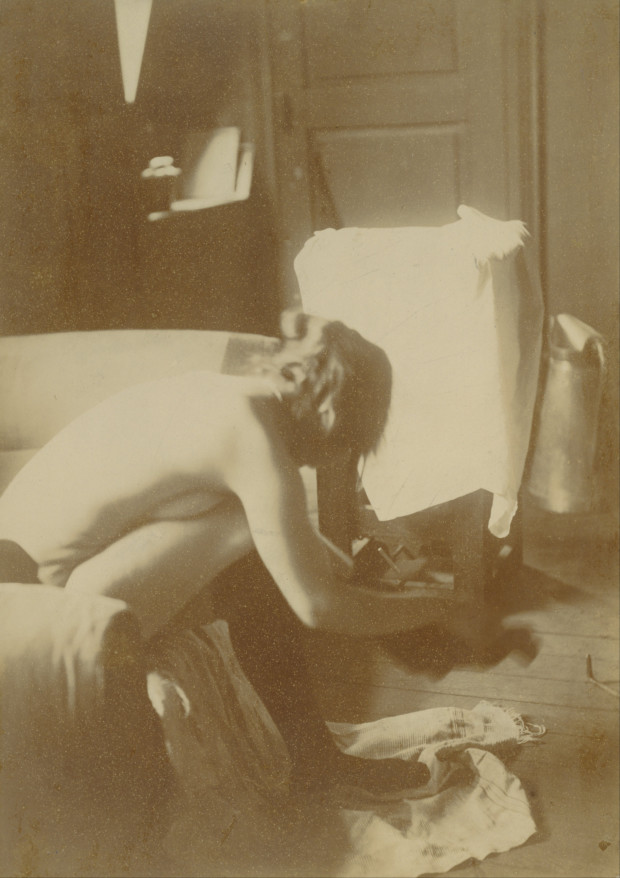
This photograph of a woman putting on stockings reflects a theme very typical of Degas, who, as a bachelor, was curious about the private, everyday rituals that women perform: bathing, dressing, and ironing. Yet he would have had a few opportunities to observe a woman in these candid situations. Scholars are unsure whether Degas used an art model in his studio or took his camera to a brothel.
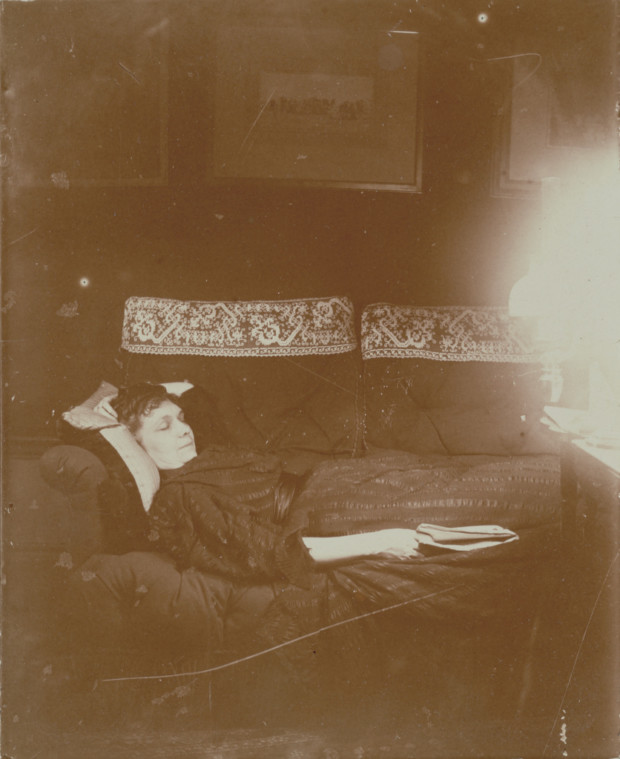
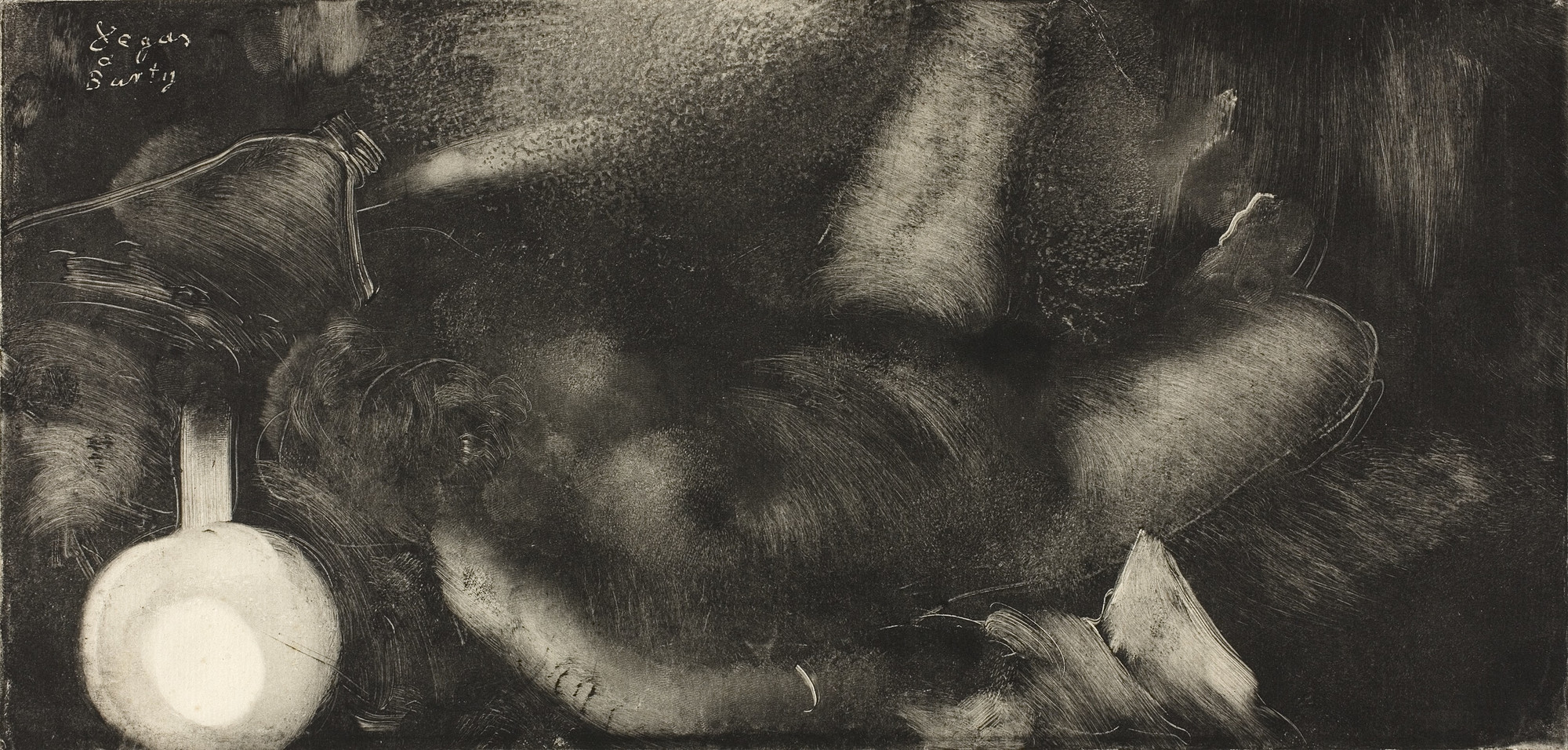
Louise Halévy, Edgar Degas’ childhood friend, fell asleep reading. The gas lamp that illuminates the room is so glaring that it appears in the image as a dominating, unmodulated white flare, which might not be conventionally deemed “good” in photography. With a similar composition but from a top-down view, Degas depicted another woman in a reclining position in a monotype from circa 1879. She is naked on a bed, with her body dimly lit by a lamp.
In the 1895 Self-Portrait, Edgar Degas photographed himself with Christine and Yvonne Lerolle, the daughters of Henry Lerolle. The work became an alternative way to identify an artist whose face is more often found in self-portraits.
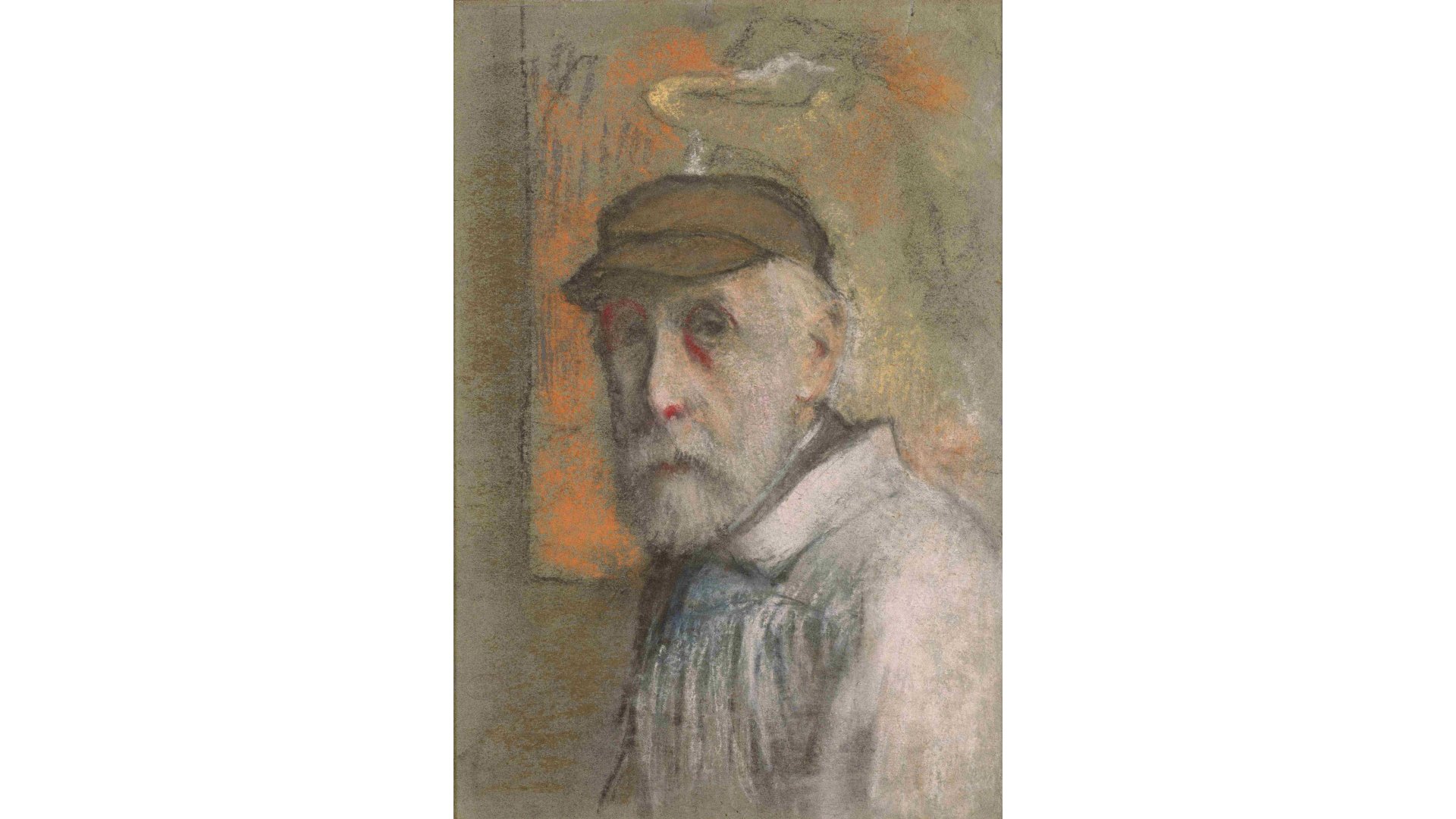
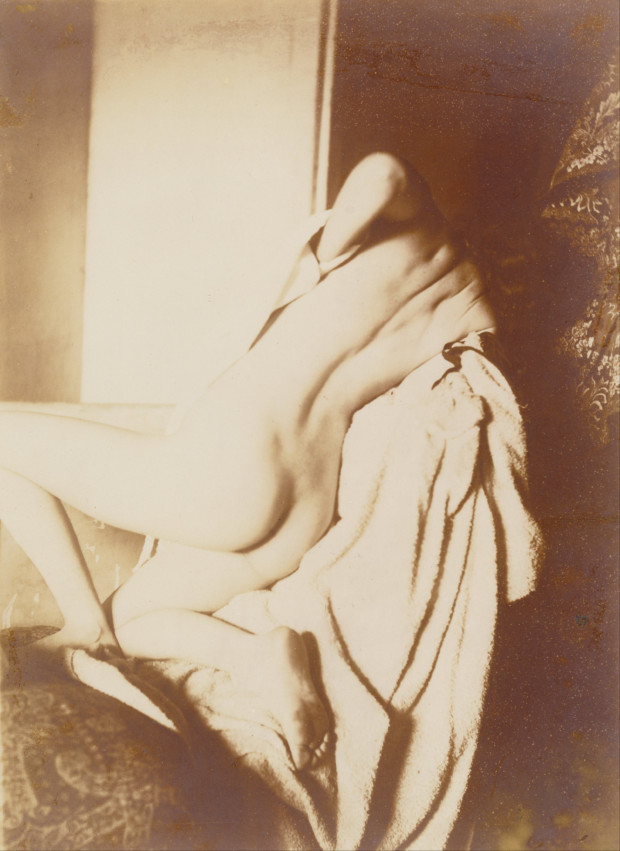
Like many artists, Edgar Degas made photographs as preparatory studies for his drawings and paintings. He was also notorious for bullying his models and forcing them to strike difficult poses. One example is this photograph, After the Bath, Woman Drying Her Back. Degas might have created it in connection with a series of drawings about women dressing and bathing. The pose here is purely symbolic. In other words, the model did not appear that way to dry any parts of her body!

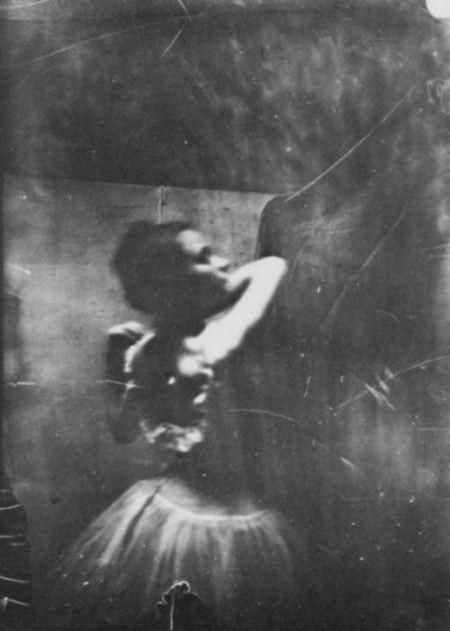
Now, we have something typically anticipated from Degas: a photo of a ballet dancer. The scene is bathed in half-light, leading the dancer’s tutu to shine in the dark. Also integral to the composition is a light source not present in the scene. Based on the number of highlights and the hardness of the shadows, it is very likely a combination of several lamps.
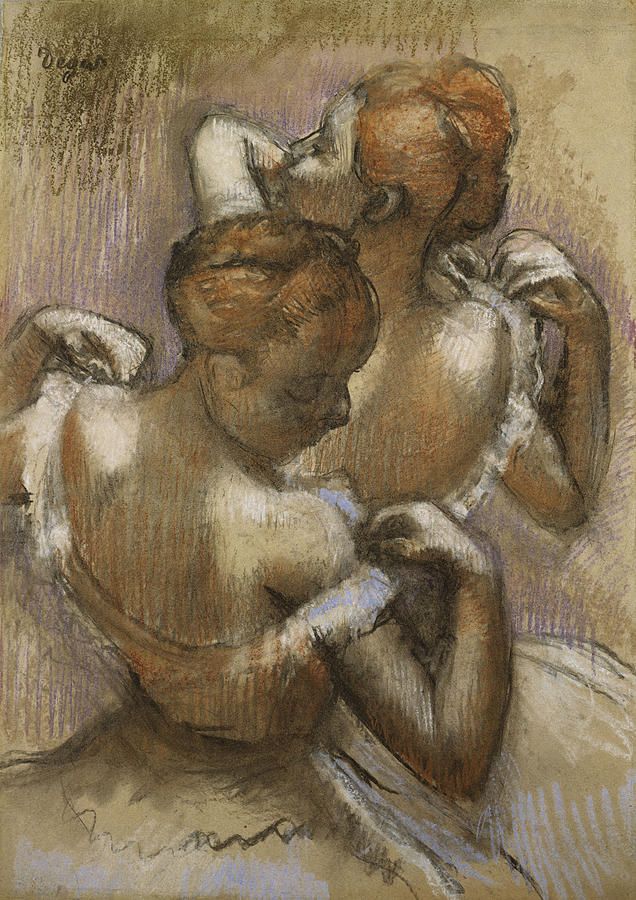
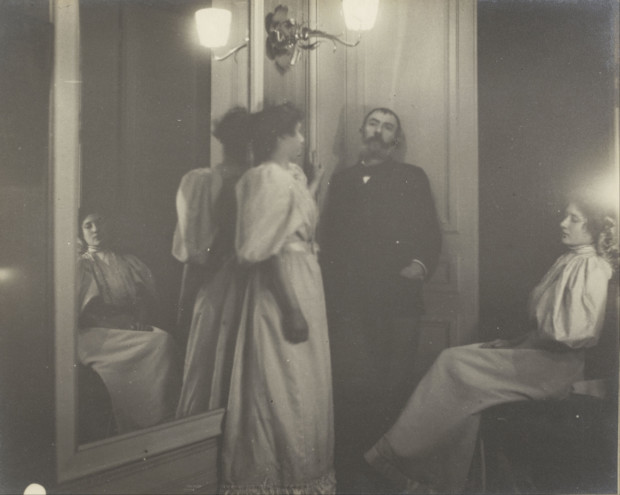
The house of painter Henri Lerolle, a great friend of Degas, was one place for these photographic experiments. Once, as Daniel Halévy, son of Louise Halévy and the person who gave Degas his first camera, recalled, surrounded by longtime friends and a convivial atmosphere, the artist “went back and forth… Running from one end of the room to the other with an expression of infinite happiness.”

DailyArt Magazine needs your support. Every contribution, however big or small, is very valuable for our future. Thanks to it, we will be able to sustain and grow the Magazine. Thank you for your help!